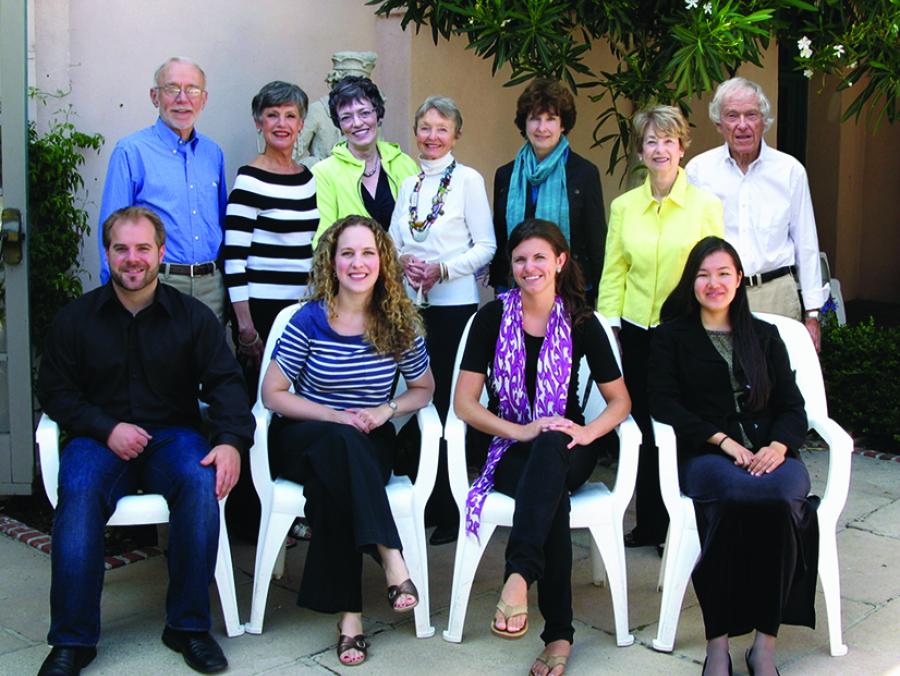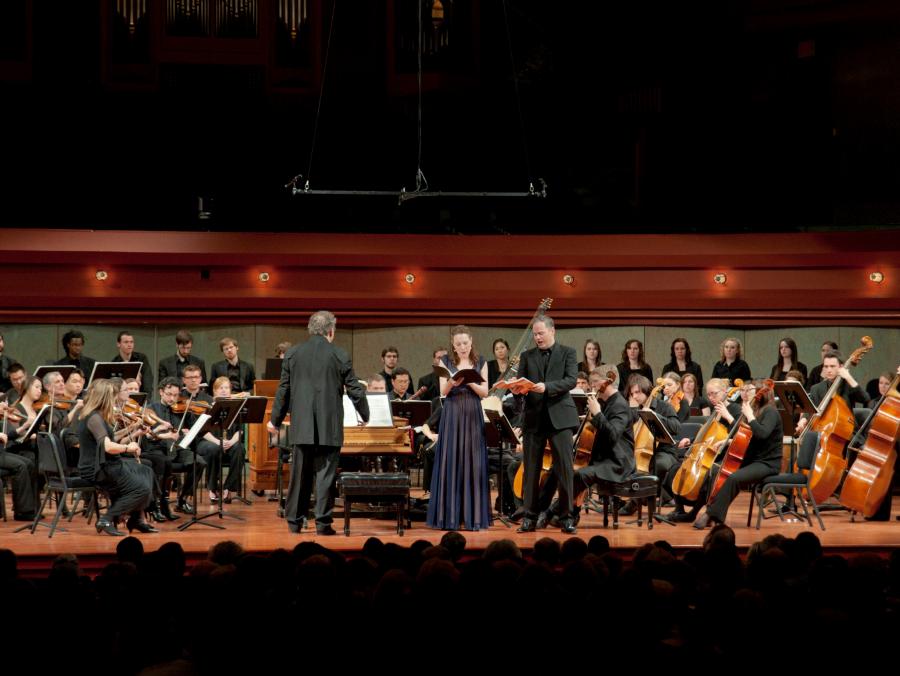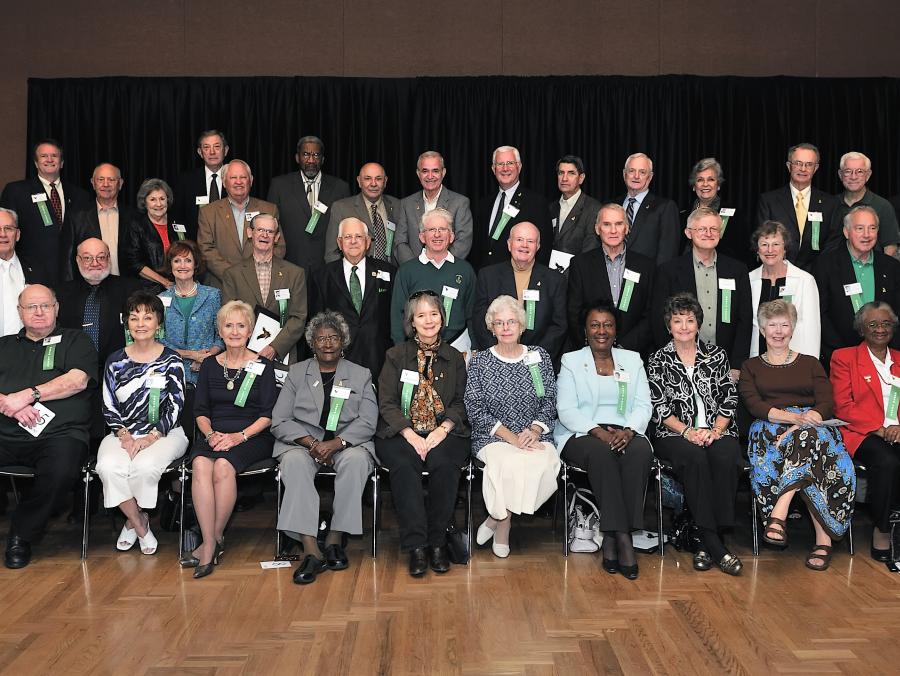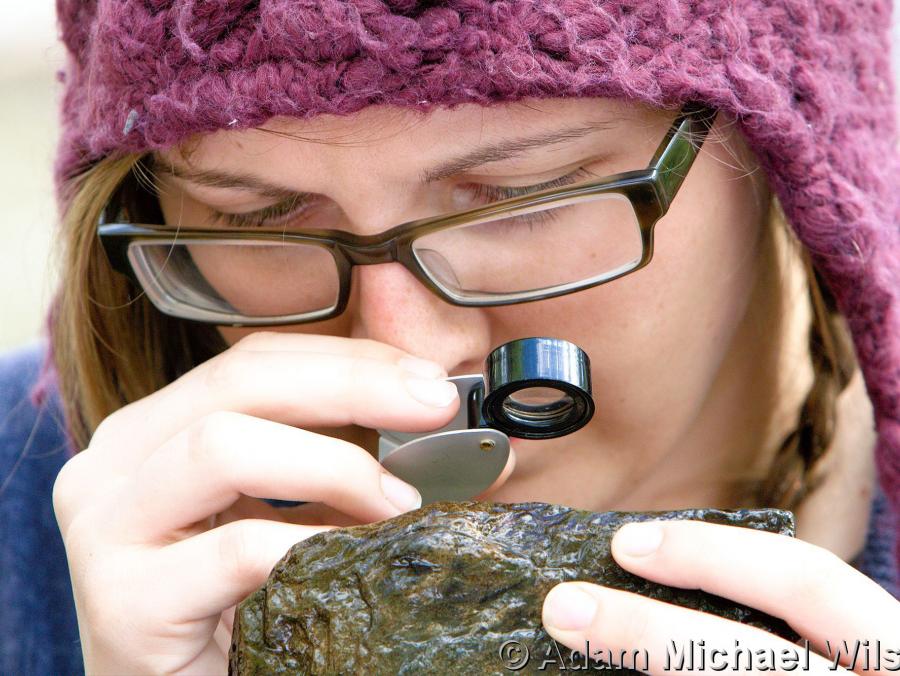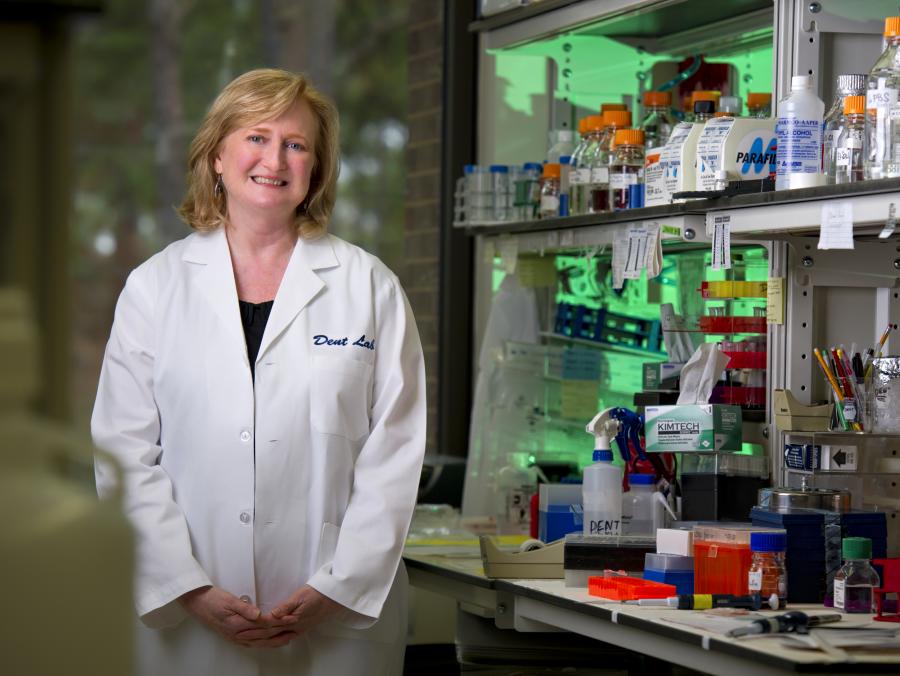UNT has distinguished itself as a leader in sustainable energy research by supporting projects that use wind power and energy-efficient products to offer the global community cost-effective, renewable energy solutions. And the university's commitment to adhere to more energy-efficient practices and to build more green facilities on campus is giving researchers a competitive edge with resources that soon will include a 1,200-square-foot zero-energy laboratory house. These efforts all are part of UNT's mission to encourage green research and develop partnerships in government and industry while maintaining the university's dedication to becoming carbon-neutral.
Chinese partnership
UNT is moving forward with research and promotion of green building technologies in China after partnering with Future House Real Estate Co. Ltd., an industrial research institution in Beijing. The agreement expands UNT's role as a global leader in net-zero energy.
UNT hopes to form a consortium known as the U.S.-China Network and Demonstration Partnership for NZE Research, which would bring together U.S. and Chinese industry and academia leaders to conduct net-zero energy research, says Warren Burggren, provost and vice president for academic affairs. Burggren signed the agreement in Beijing in October.
"This project is a forward-thinking collaboration that takes advantage of UNT's strengths and pairs it with top institutions in China," he says. "It really reflects the quality of our faculty and their ideas, plus it creates unique research abroad opportunities for UNT students."
Additionally, the agreement extends UNT's involvement with the American House, a 3,200-square-foot net-zero energy house that was built in Beijing and displayed during the 2008 Olympic Games. UNT plans to use the American House as a research facility for both American and Chinese students. Yong Tao, chair of UNT's Department of Mechanical and Energy Engineering and director of the PACCAR Technology Institute, oversaw the design and construction of the house.
The Chinese agreement and UNT's state-of-the-art Zero Energy Research Laboratory under construction at Discovery Park, UNT's 300-acre research facility in Denton, will support the goals of UNT's Renewable Energy and Conservation research cluster. The cluster is one of 15 interdisciplinary research groups addressing complex scientific, technological, environmental and societal problems. The Zero Energy Research Lab is scheduled to be completed in early 2012.
New greenhouses
Discovery Park also will become home to 10 individual greenhouses where university researchers will develop bioenergy, biofuels and other bioproducts. Located north of the main Discovery Park building, the greenhouses will encompass 10,000 square feet of research space when completed in 2012 and support UNT's plan for growing research areas. The $1.5 million complex initially will be built with two 1,000-square-foot greenhouses, with more added over time.
Stevens Brumbley, associate professor of biological sciences, will be among UNT researchers working in the greenhouses with cotton and other plants to research biofuels and bioproducts, as well as oil production and higher-energy feed stock used in bioenergy projects.
Other greenhouses on campus also are helping to showcase UNT's green efforts. The greenhouses on the roof of the new Life Sciences Complex are supporting UNT plant science researchers studying plant growth and development in hopes of using plants for renewable energy sources such as fuel. And UNT's Environmental Education, Science and Technology Building's greenhouse is being powered by a wind turbine and solar panels thanks to a State Energy Conservation Office SMART Schools grant, which also supports a wind power system at the zero energy lab.
Sustainable facilities
Agencies that rate green buildings continually recognize UNT for constructing green facilities that last more than 50 years, including sustainable features with efficiencies that pay for themselves, and designing structures that provide better air quality and healthier environments for working and learning.
In October, UNT's Apogee Stadium became the first newly constructed collegiate stadium in the nation to receive Platinum Leadership in Energy and Environmental Design Certification from the U.S. Green Building Council. Apogee also is the first collegiate stadium to have wind turbines that feed the electrical grid powering the stadium. UNT's Life Sciences Complex received Gold LEED Certification earlier this year, and UNT's Business Leadership Building is expected to follow. In March, Crumley Hall became Texas' first residential building to earn the U.S. Environmental Protection Agency's prestigious ENERGY STAR rating.



